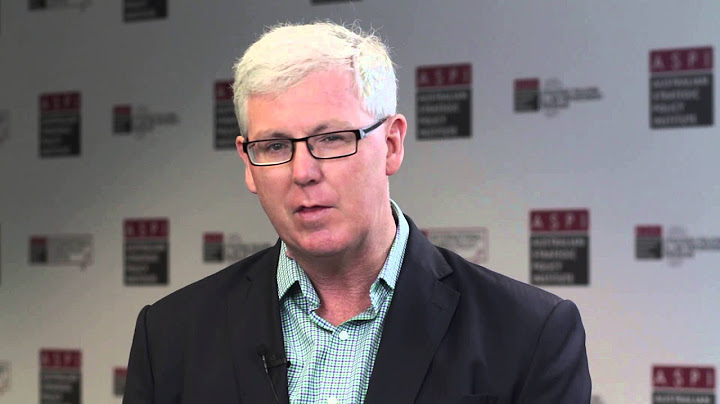Major types of hormones Show Topic: Endocrine System Hormones And Their Sources Hormones can be divided into three classes based on their chemical structure: lipid-derived, amino acid-derived, and peptide hormones (which includes peptides and proteins). One of the keys, distinguishing features of lipid-derived hormones is that they can diffuse across plasma membranes, whereas the amino acid-derived and peptide hormones cannot. There are three major types of hormones that are lipid hormones, amino acid-derived hormones, and peptide hormones 1. Most lipid hormones are derived from cholesterol, so they are structurally similar to it. The primary class of lipid hormones in humans is the steroid hormones. Examples of steroid hormones include estradiol, which is an estrogen, or female sex hormone, and testosterone, which is an androgen, or male sex hormone. These two hormones are released by the female and male reproductive organs, respectively. Other steroid hormones include aldosterone and cortisol, which are released by the adrenal glands along with some other types of androgens. Steroid hormones are insoluble in water; transport proteins carry them in the blood. As a result, they remain in circulation longer than peptide hormones.   2. The amino acid-derived hormones are relatively small molecules derived from the amino acids tyrosine and tryptophan. Examples of amino acid-derived hormones include epinephrine and norepinephrine, which are synthesized in the medulla of the adrenal glands, and thyroxine, which is produced by the thyroid gland. The pineal gland in the brain makes and secretes melatonin, which regulates sleep cycles. 3. The structure of peptide hormones is that of a polypeptide chain (chain of amino acids). The peptide hormones family includes molecules that are short polypeptide chains, such as antidiuretic hormone (ADH) and oxytocin produced in the brain and released into the blood in the posterior pituitary gland. This class also includes small proteins, such as growth hormones produced by the pituitary, and large glycoproteins, such as follicle-stimulating hormone produced by the pituitary. Hormones can also be classified by their function. Glucocorticoids, for example, are a set of steroid hormones that are synthesized in the adrenal cortex and regulate glucose metabolism. Cortisol is the most important glucocorticoid hormone. Practice Questions
Biology Question Pack, Vol 2. Question 65 Practice Exam 1 B/B Section Passage 9 Question 50 Practice Exam 4 B/B Section Passage 2 Question 15
• Most lipid hormones are steroid hormones, which are usually ketones or alcohols and are insoluble in water. • Steroid hormones include estradiol, testosterone, aldosterone, and cortisol. A specific type of steroid hormones are called glucocorticoids, the most important of which is cortisol. • Amino acid-derived hormones are derived from tyrosine and tryptophan. These include epinephrine and norepinephrine (produced by the adrenal medulla). • Amino acid-derived hormones also include thyroxine (produced by the thyroid gland) and melatonin (produced by the pineal gland). • Peptide hormones consist of a polypeptide chain; they include molecules such as oxytocin (short polypeptide chain) or growth hormones ( proteins ). • Amino acid-derived hormones and protein hormones are water-soluble and insoluble in lipids
oxytocin: a hormone that stimulates contractions during labor, and then the production of milk epinephrine: (adrenaline) an amino acid-derived hormone secreted by the adrenal gland in response to stress estrogen: any of a group of steroids (lipid-hormones) that are secreted by the ovaries and function as female sex hormones cholesterol: a waxy, fat-like substance that’s found in all the cells in your body testosterone: the primary male sex hormone thyroxine: a hormone the thyroid gland secretes into the bloodstream to control metabolism antidiuretic hormone: a hormone secreted by the hypothalamus to control water levels in the body glucocorticoids: a set of steroid hormones involved in glucose metabolism, the most important of which is cortisol What are the 3 main hormone classes?Although there are many different hormones in the human body, they can be divided into three classes based on their chemical structure: lipid-derived, amino acid-derived, and peptide (peptide and proteins) hormones.
How many classes of hormones are there?Hormones can be classified according to their chemical nature, mechanism of action, nature of action, their effects, and stimulation of Endocrine glands. i. This category of hormones are divided to six classes, they are hormones steroid; amines; peptide; protein; glycoprotein and eicosanoid.
What are the 4 main hormones and their functions?But the main ones are:. Follicle-stimulating hormone (FSH): Stimulates egg development and the release of oestrogen.. Luteinising hormone (LH): Stimulates the release of the egg (called ovulation). ... . Oestrogen: causes growth of the uterine lining. ... . Progesterone: maintains the uterine lining.. What are the 2 major chemical classes of hormones?There are two major classes of hormones 1. Proteins, Peptides, and modified amino acids 2. Steroids. In general, steroids are sex hormones related to sexual maturation and fertility.
|

Related Posts
Advertising
LATEST NEWS
Advertising
Populer
Advertising
About

Copyright © 2024 SignalDuo Inc.




























